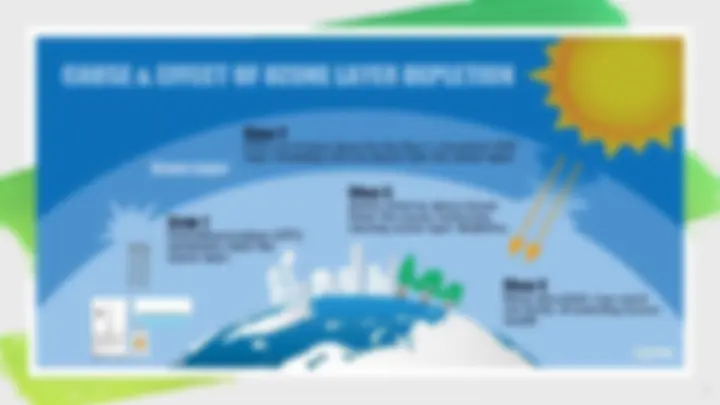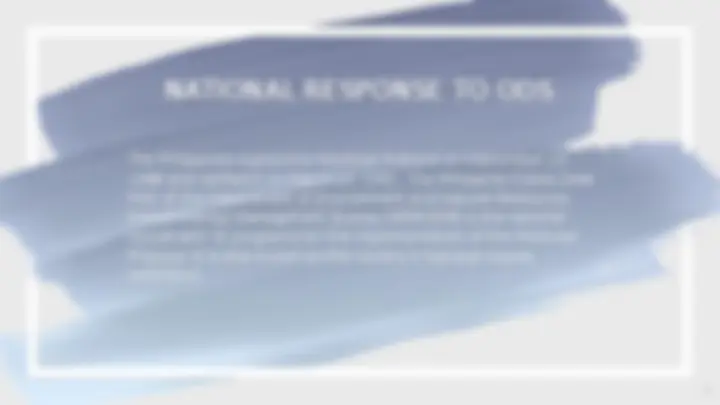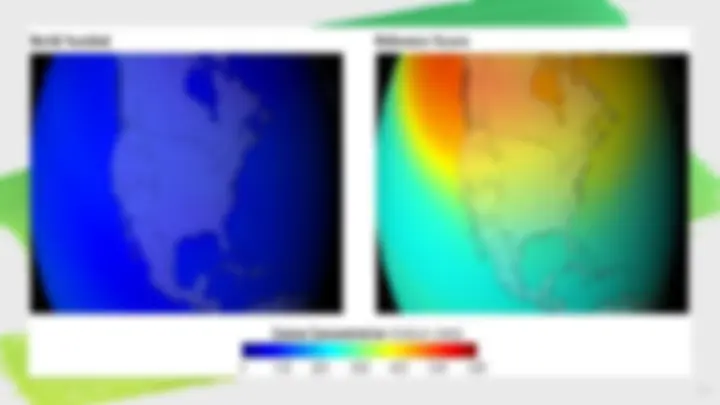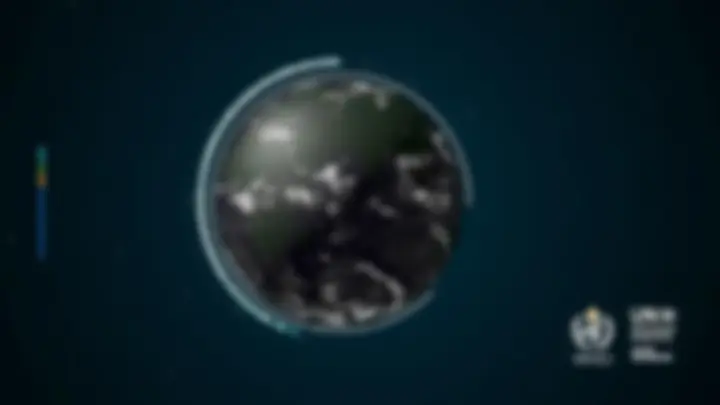











Study with the several resources on Docsity

Earn points by helping other students or get them with a premium plan


Prepare for your exams
Study with the several resources on Docsity

Earn points to download
Earn points by helping other students or get them with a premium plan
Community
Ask the community for help and clear up your study doubts
Discover the best universities in your country according to Docsity users
Free resources
Download our free guides on studying techniques, anxiety management strategies, and thesis advice from Docsity tutors
Unit Outline Introduction of Montreal Protocol Ozone Depletion Categories of ODS Phasing out of ODS Results to Date of Montreal Protocol
Typology: Slides
1 / 15

This page cannot be seen from the preview
Don't miss anything!










Ozone Layer and Climate Protection
The ozone layer is destroyed by ozone-depleting substances (ODS) when those chemicals are released into the atmosphere and then react with the ozone molecules. Elevated ultraviolet radiation reaching the earth as a result of ozone depletion can have major impacts on life and nature, including skin cancer and cataracts and weakened immune systems. It also can damage terrestrial plant life, including crops, and aquatic ecosystems.
MAIN USES OF ODS o (^) Refrigerators/freezers Compressors o (^) Vehicles (mobile air- conditioning systems) o (^) Insulating boards/pipe covers o (^) Metered-dose inhalers (medical inhalers o (^) Refrigerants (gases) o (^) Fire extinguishers o (^) Fumigants o (^) pesticides o (^) Foam-blowing agents o (^) Cleaning solvents o (^) Aerosol propellants o (^) Air-conditioning systems (and components)
Parties to the Montreal Protocol must freeze, reduce and phase out their production and consumption of ODS according to a specific step-wise schedule. Approaches: o (^) Production Control o (^) Consumption Control o (^) Trade, Import, export and reimport control o (^) Adaptation to Ozone Friendly technology o (^) Training and Capacity Building
Other obligations of the Philippines as a Montreal Protocol Party include: o (^) Article 4 bans imports/exports of ODS between Parties and nonParties (i.e. countries that have not ratified the Protocol or relevant Amendments). The Article also provides for bans on imports from nonParties of products made with or containing ODS, as decided by MOP. Annex D specifies a list of products containing CFCs and halons which cannot be imported from non-Parties. o (^) Article 4A controls trade between Parties, under certain specific circumstances. o (^) Article 4B makes it mandatory for all Parties to implement a system for licensing the import and export of ODS, for both new and used ODS. o (^) Article 7 requires all Parties to report ODS data to the Secretariat on an annual basis. o (^) Article 9 requires Parties to cooperate in promoting public awareness of the environmental effects of ODS, conduct research and development (R&D) and information exchange on technologies to reduce emissions and destroy ODS, ODS alternatives, and control strategies.
o (^) The Montreal Protocol is working. There is clear evidence of a decrease in the atmospheric burden of ozone- depleting substances in the lower atmosphere and in the stratosphere. o (^) Some early signs of the expected stratospheric ozone recovery are also evident. o (^) Furthermore, if the Parties were to eliminate all emissions of ozone depleting substances soon after 2006, it would advance by about 15 years (from around 2050 to 2035) the global ozone layer recovery to pre-1980 levels 16